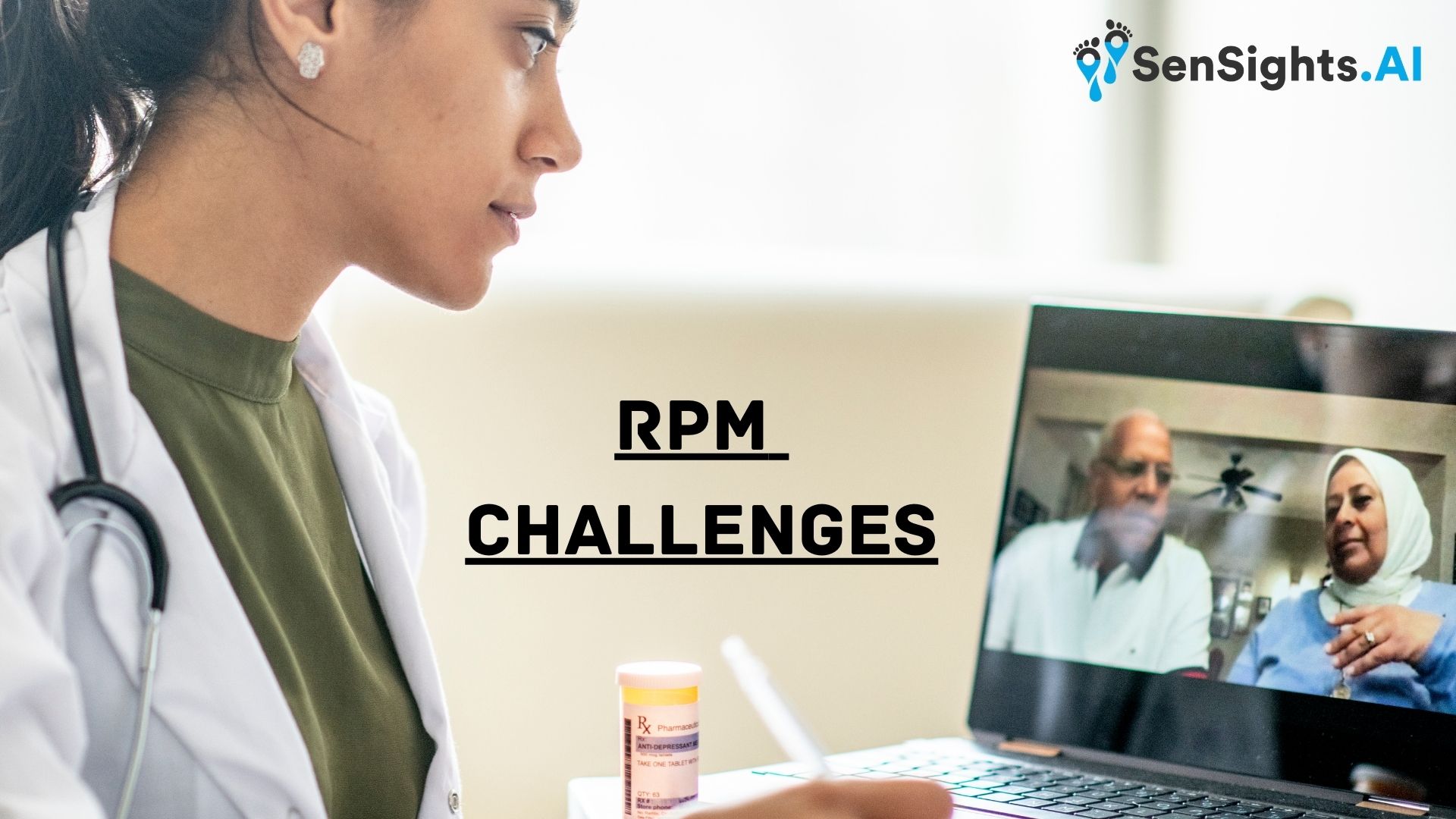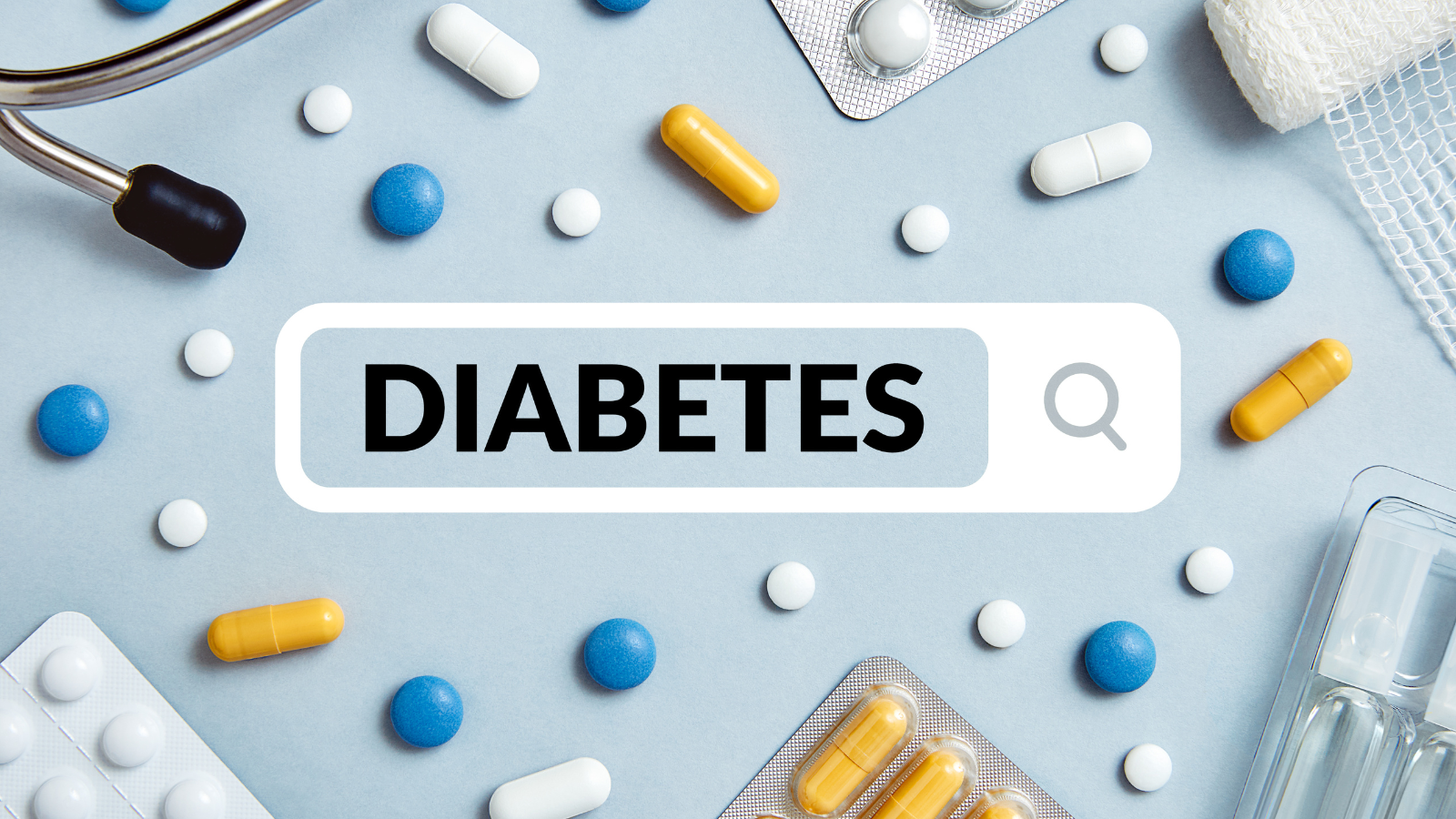7 Misconceptions about RPM
Image Credit: Canva Remote patient monitoring (RPM) has grown in popularity in recent years as a means of improving patient outcomes, lowering healthcare costs, and providing more convenient treatment. Nonetheless, despite its various advantages, there are several misconceptions regarding RPM that may deter individuals from using it. In this essay, we will explore seven prevalent […]...




